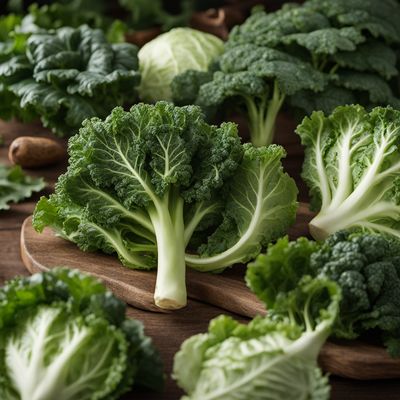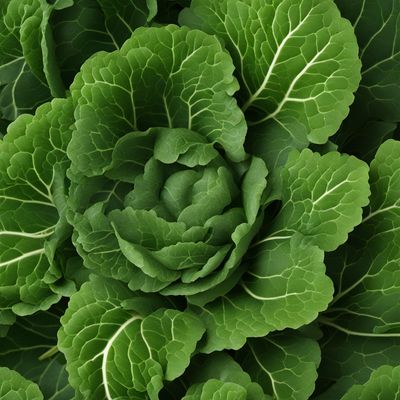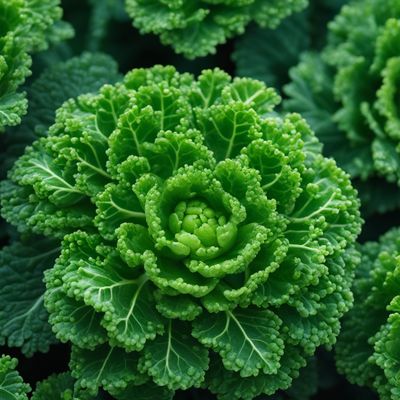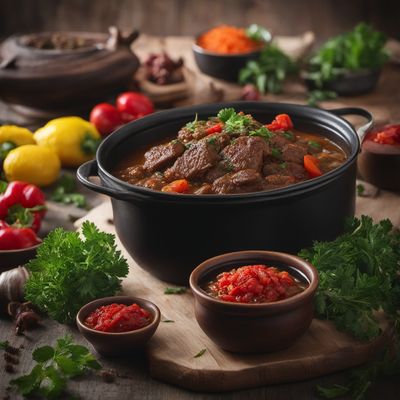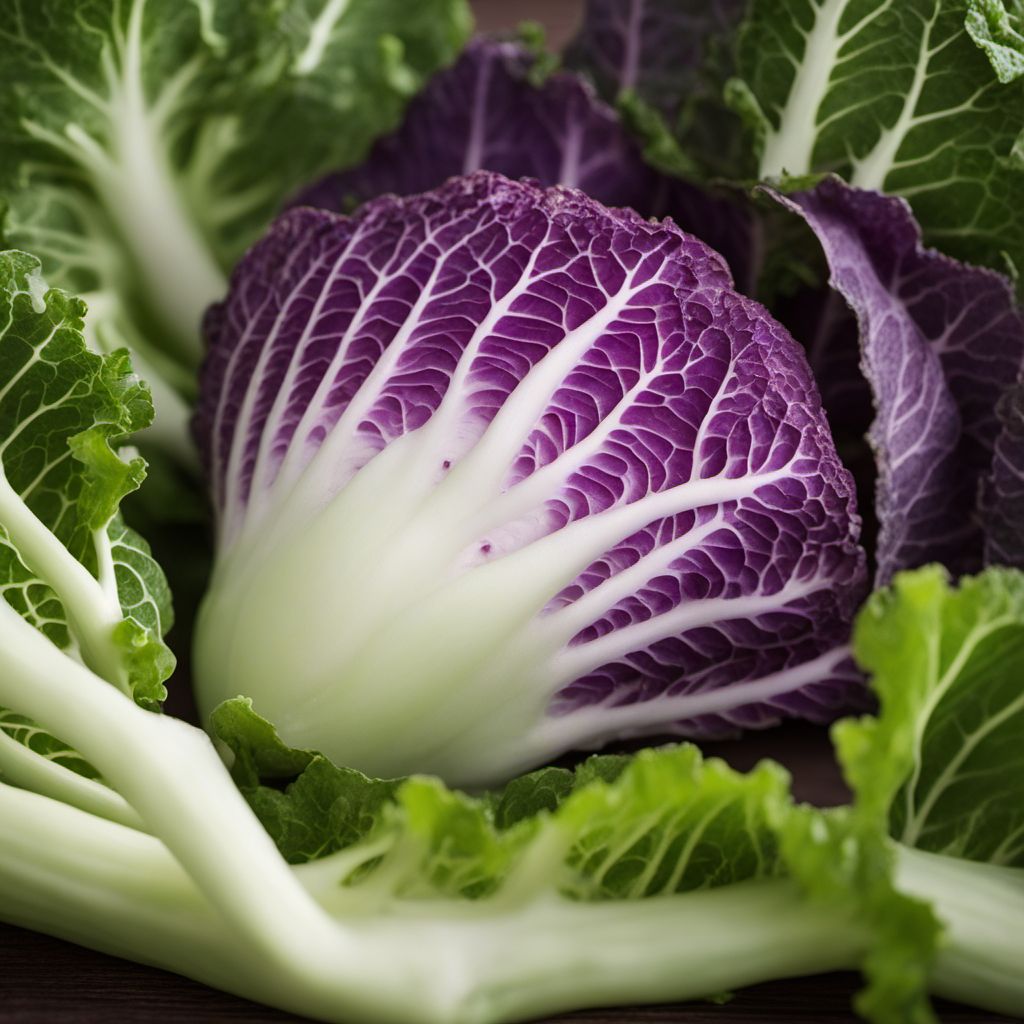
Ingredient
Kohlrabi leaves
The Leafy Delights of Kohlrabi
Kohlrabi leaves, also known as German turnip greens, are leafy greens that offer a unique combination of flavors and textures. With their mild, slightly sweet taste and tender yet crisp texture, these leaves are a versatile ingredient that can be used in various culinary preparations.
Origins and history
Kohlrabi leaves have a long history of culinary use, particularly in European cuisines. They are native to Europe and have been cultivated for centuries. Kohlrabi leaves are often used in German, Austrian, and Eastern European dishes, where they are valued for their nutritional content and delicate flavor. These greens are also popular in Asian cuisines, such as Indian and Korean, where they are used in stir-fries, soups, and pickles.
Nutritional information
Kohlrabi leaves are a good source of vitamins A, C, and K, as well as dietary fiber. They also contain minerals like potassium and calcium. These greens are low in calories and fat, making them a nutritious addition to meals. Additionally, kohlrabi leaves are rich in antioxidants, which help protect the body against oxidative stress and inflammation.
Allergens
There are no known allergens associated with kohlrabi leaves.
How to select
When selecting kohlrabi leaves, look for ones that are fresh, vibrant, and free from wilting or yellowing. The leaves should have a crisp texture and a bright green color. Avoid leaves that are damaged or have signs of insect infestation. If purchasing kohlrabi with the leaves attached, ensure that the bulbs are firm and free from blemishes.
Storage recommendations
To maintain the freshness of kohlrabi leaves, store them in the refrigerator in a plastic bag or airtight container. They can be kept for up to a week, but it's best to consume them as soon as possible for optimal flavor and texture. If the leaves become wilted, you can revive them by soaking them in cold water for a few minutes.
How to produce
Kohlrabi leaves can be easily grown in home gardens, as they are relatively low-maintenance and grow well in various climates. They require well-drained soil and prefer cooler temperatures. Sow the seeds directly in the garden or start them indoors and transplant them once they have developed a few leaves. Regular watering and fertilization will help promote healthy leaf growth.
Preparation tips
Kohlrabi leaves can be used in a variety of ways in the kitchen. They can be enjoyed raw in salads, slaws, or sandwiches, adding a refreshing crunch and a mild flavor. The leaves can also be cooked by sautéing, steaming, or stir-frying, which helps soften their texture and brings out their natural sweetness. Additionally, kohlrabi leaves can be used as a wrap for fillings or blended into soups and smoothies for added nutrition.
Culinary uses
Kohlrabi leaves are commonly used in European and Asian cuisines. In European dishes, they are often sautéed with garlic and served as a side dish or added to soups and stews. In Asian cuisines, kohlrabi leaves are used in stir-fries, kimchi, or pickled for a tangy and crunchy addition to meals. They can also be used as a substitute for other leafy greens, such as kale or collard greens, in various recipes.
Availability
Europe, Asia
